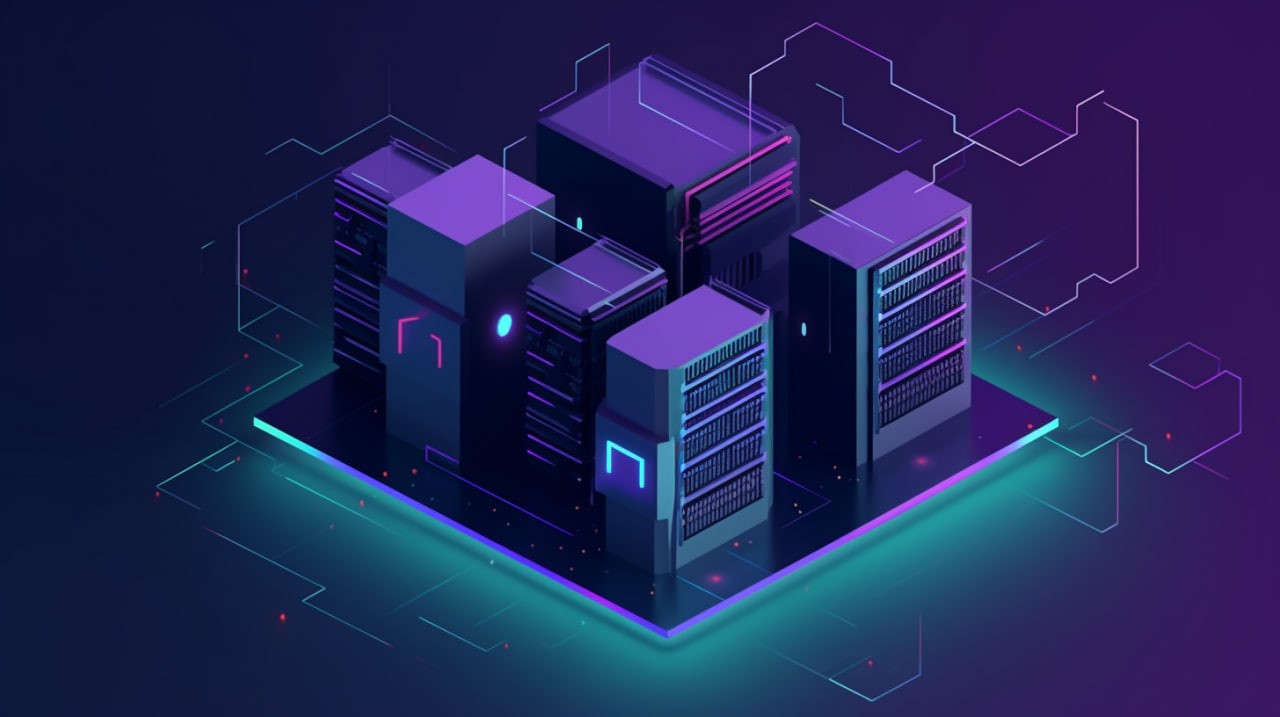HashValue Bridges the Gap Between Traditional Data Centers and Blockchain Mining with Breakthrough Infrastructure Integration

In a pivotal move that could reshape the future of computational infrastructure, HashValue has successfully pioneered a revolutionary architecture that integrates traditional data centers with blockchain mining networks. This strategic convergence not only amplifies mining efficiency but also enhances the scalability and sustainability of digital asset operations across the globe.
The Challenge: Two Worlds, One Computational Divide
Historically, traditional data centers and blockchain mining farms have operated in parallel but disconnected universes. While data centers are designed for stability, scalability, and multi-purpose workloads such as cloud computing, AI training, and enterprise IT, blockchain mining facilities are optimized for high-throughput hash computations with intense power and thermal demands.
This segregation has led to inefficiencies in resource usage, capital expenditure, and operational flexibility. HashValue identified a critical need in the industry: a unified infrastructure model that could dynamically allocate resources for both conventional IT and decentralized proof-of-work systems.
The Breakthrough: HashValue’s Hybrid Data Framework
HashValue’s breakthrough lies in its proprietary Hybrid Compute Integration Protocol (HCIP) — a software-hardware orchestration layer that allows blockchain miners to operate within existing Tier III and Tier IV data centers. This allows idle server resources in traditional data centers to be utilized during low-load periods for blockchain-related computations.
By leveraging artificial intelligence to predict usage patterns, HashValue ensures that compute loads can shift fluidly between enterprise services and mining activities without performance degradation. This hybrid architecture forms the backbone of HashValue’s new generation mining operations, reducing both downtime and infrastructure waste.
Key Features of the Integration
-
Adaptive Load Balancing: HCIP dynamically assesses workloads and routes computing tasks accordingly, optimizing uptime for both enterprise and mining needs.
-
Energy Efficiency: Integration into data centers with existing HVAC and green energy systems significantly reduces the carbon footprint per hash.
-
Security and Compliance: The architecture complies with ISO 27001 and SOC 2 standards, enabling institutional partners to engage with mining operations securely.
-
Scalable API Layer: Enterprises can manage, monitor, and monetize mining activity via secure APIs integrated into their own systems.
Impact on the Global Blockchain Mining Landscape
With this integration, HashValue is enabling a new era of decentralized computing that does not require the costly and environmentally taxing creation of separate mining facilities. Countries and institutions with underutilized data center capacity can now participate in digital asset mining without significant new investment.
This also democratizes access to mining, allowing institutional investors, governments, and enterprises to enter the Web3 economy through familiar infrastructure models. The cost and time barriers associated with constructing specialized mining facilities are effectively eliminated.
Case Studies: Deployment Across Asia and Europe
As of Q1 2024, HashValue has deployed its hybrid system in over 35 data centers across Asia and Europe. In Singapore, a flagship partnership with a major telecom’s Tier IV data center resulted in a 38% increase in computing resource utilization and a 22% boost in mining ROI. In Germany, the integration has enabled energy grid optimization through predictive analytics, further cementing the hybrid approach as a long-term sustainable model.
Supporting Sustainable Blockchain Growth
One of the biggest criticisms of proof-of-work blockchains is energy consumption. HashValue’s model mitigates this by absorbing surplus energy during non-peak hours, maximizing grid efficiency. Furthermore, its integration with renewable energy-powered data centers ensures that every mining operation contributes to green goals rather than detracting from them.
The Road Ahead: Expanding to the Americas and Africa
HashValue’s roadmap includes strategic expansions into North America and sub-Saharan Africa, where data center infrastructure is growing rapidly. The company plans to introduce its HCIP protocol to several edge-compute facilities, aiming to support the increasing demand for low-latency blockchain applications in finance, supply chains, and AI.
Through strategic partnerships and compliance with local energy and data regulations, HashValue is poised to offer tailored hybrid solutions that address regional demands while maintaining global consistency.
Conclusion: The Future of Mining Is Hybrid
HashValue’s innovative framework represents a paradigm shift in how computational resources are allocated in a digital-first economy. By breaking down the silos between traditional data processing and decentralized blockchain computations, the company is not only solving a technical inefficiency but also setting the standard for next-generation Web3 infrastructure.
This technological convergence marks a decisive moment in the blockchain industry, where sustainability, profitability, and institutional adoption intersect. As the line between traditional computing and decentralized technologies continues to blur, HashValue stands at the forefront, leading the transformation.
For more information, visit www.hashvalue.com.
More Related News

HashValue Report: Decentralized AI Tokens Gain Mining and Investor Focus

HashValue Unveils Crypto Mining Risk Alert System, Flags 3 Volatile Tokens

HashValue Builds a Bridge: Perfectly Integrating Cryptocurrency Purchase and Sustainable Cloud Mining


 English
English
 Deutch
Deutch
 Espanol
Espanol
 Francais
Francais
 Italiano
Italiano
 Dutch
Dutch
 Portugues
Portugues
 Русский
Русский
 Svenska
Svenska
 日本
日本
 한국인
한국인
 Türk
Türk